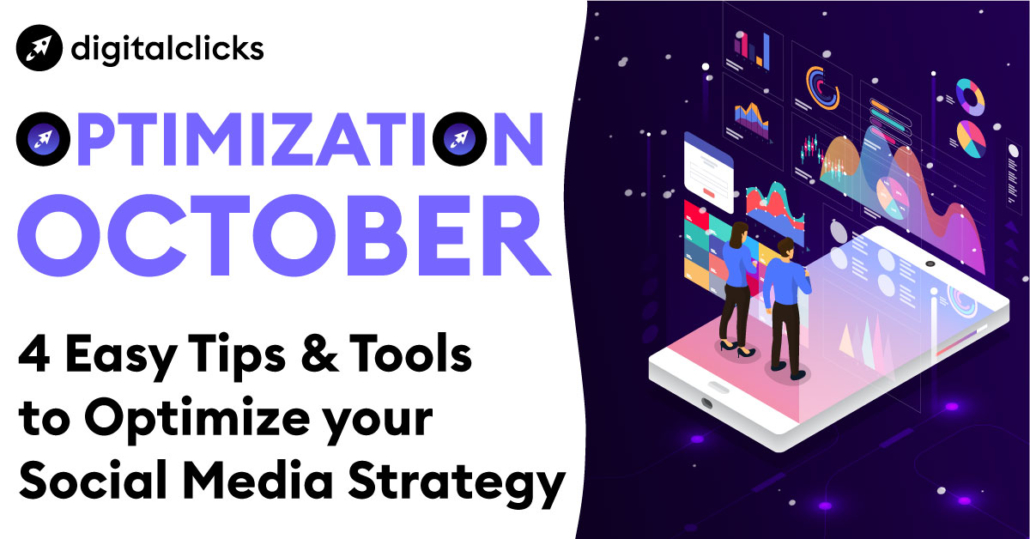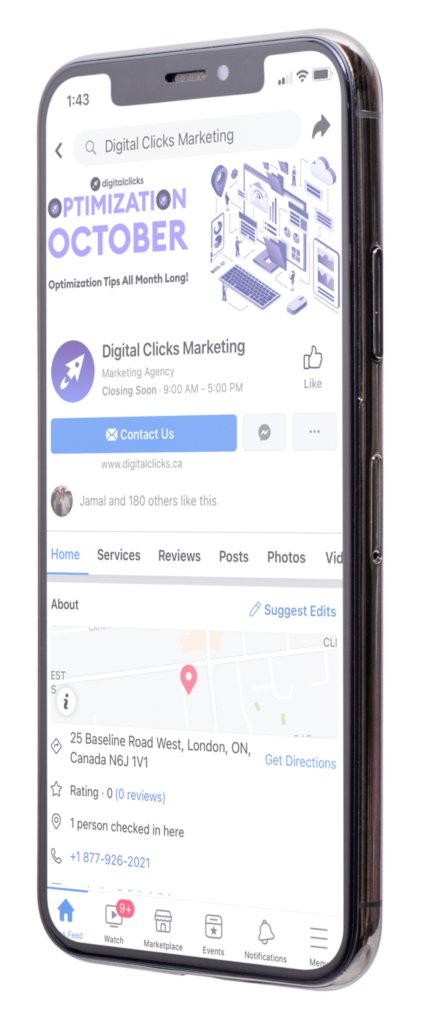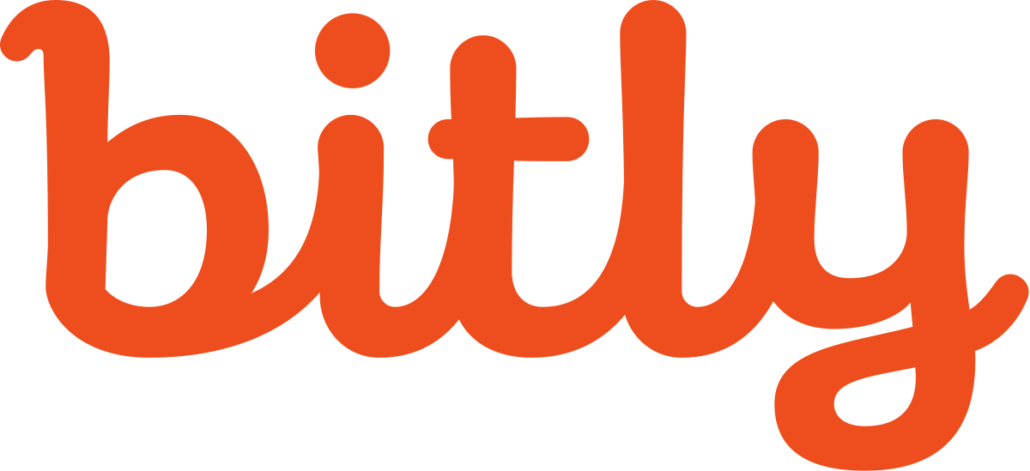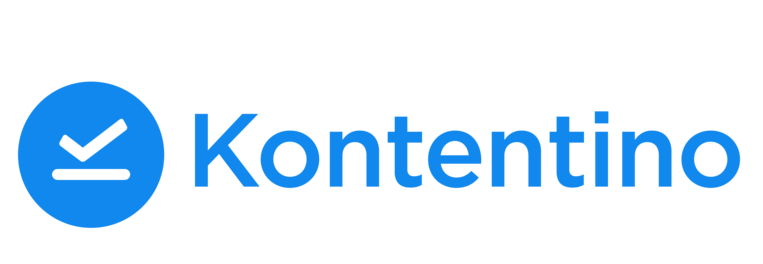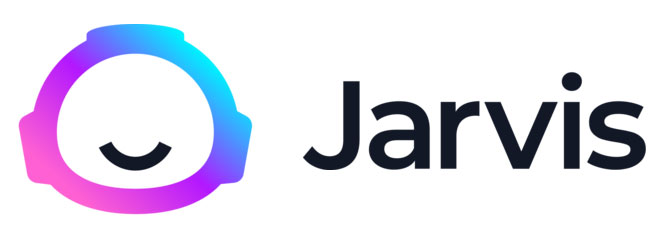4 Easy Tips & tools to Optimize your Social Media Strategy
Click to Follow & Share:
[DISPLAY_ULTIMATE_SOCIAL_ICONS]What is Social Media Optimization and Why is it Important?
With the ever-changing landscape of social media, it is important for businesses to stay up to date with new trends and changes. Social media optimization (SMO) is a way to encourage businesses to analyze and adjust their content in line with the best practices. The concept behind SMO is comparable to search engine optimization (SEO) or any marketing strategy, they require tweaking and testing and so does SMO for top-performing accounts that want the most out of their investments.
The main benefits of SMO are:
- Audience Targeting (Very Specific!)
- Increase Brand Awareness (More reach and engagement)
- Improved Brand Loyalty
- Improved visibility on SERP (Search engine result page)
Today we will be taking a look at 4 easy tips for optimizing your SMO!
Summary:
Brand Account Optimization
A very important first step is to do an audit of your social profiles. You will want to focus on your brand and marketing voice.
Key questions to ask yourself while doing your audit can be:
- Is my brand voice and visuals consistent across all of my platforms? This can include; logos, hashtags, slogans or taglines, etc.
- Are my marketing messages and languages unified with my current marketing promotions?
- Am I using appropriate links and call-to-actions that convert visitors to our landing pages?
- Am I using appropriate landing pages or do I have a high bounce rate?
- If I was a first time visitor, have I created a seamless customer experience?
While it is important to keep a consistent brand identity across each social media platform, each platform may not align with your marketing strategy goals. For this reason, treat each of your platforms differently when it comes to the appropriate call-to-actions and landing pages!
For a more indepth look at how to do a social media audit check out sproutsocial’s article on how to conduct a speedy social media audit.
Optimization for Searchability

In order to find high-converting keywords, it’s important that you do keyword research for both your niche industry and brand specific terms. From these findings we can optimize your:
- A united brand voice and presence will help you maintain consistency between different platforms. Creating a consistent social media handle for each of your accounts is one example, as it creates an individualized identity that makes tracking messages easier. As shown in the image below, DCM has consistent social media handles across all of their platforms.
- Your ‘About’ and bio section should be filled with keywords that pertain to your marketing strategy!
- Each post should have keywords and hashtags for each caption that relate to your business. Do not always go for the generic hashtags. If you use a hashtag with millions of posts, your post is unlikely to be seen by your audience. However, if you were to choose niche hashtags that had a smaller view count, there is a higher probability that your content will be seen by your target audience.
When optimizing for searchability, it is also very important to make sure that key details are included in your bio and ‘about sections’. They should be fully filled out and consistent across all social platforms. This includes; address, contact information, services and more.
By following these best practices for searchability, it will help increase your business’s visibility.
Content Strategy Optimization
Quality content is key to building a successful business. Do you know the best way of ensuring consistent and high-quality production? Keep your audience engaged and measure how they are responding!
Don’t just churn out any old thing on the off chance that it’ll be good enough–ensure you’re producing top-notch work! It is important to keep in mind that content strategy optimization should be based on your business’s analytics as every target audience is different.
A common mistake made by small businesses is that they do not have a consistent publishing frequency. This can stem from taking on more than you can handle. It is important to use the platforms that best support your goals. You might notice that you are not getting enough goal conversion from Twitter, perhaps it does not align with your goals and should be somewhere that you take a step back from.
Posting Schedule Optimization
To rank higher in the social media algorithm it is important to choose a posting schedule that you can sustain. Quality over quantity is an important motto to live by. Your optimal posting schedule can vary depending on each industry. It is important to constantly be researching best practices for your industry.
Not sure when to post? There are tons of tools you can use to find out your optimal posting schedule. For example, Facebook has a free tool that allows you to see when your followers are likely to be online. For more useful tools on how to select your optimal posting schedule proceed to Useful Optimization Tools.
Post Optimization
It is important to first establish what types of content your target audience wants to see. To find out what has and hasn’t been working for you, you will want to analyze your post data over the past year. A few key points to look into and ask yourself while analysing includes:
- What type of asset does your target audience engage with most? For example, you might find that video works best for increasing your audience’s engagement over a single image post. Supplying your audience with the most engaging options will boost your visibility.
- Are my video and image formats up to date? The social media platforms are always changing, it’s important that we keep evolving our formats as well as this will increase our visibility.
- Deciding which content to publish on which platform can be difficult, especially if you’re publishing it for the first time. Take Instagram and LinkedIn as examples of different audiences with differing tastes; one might not want their post brimming over with inspirational quotes while another may find them more interesting than usual!
Don’t forget to use what you have learned in Searchability when writing your captions for each post and that it follows your brand voice.
Performance Optimization
Social metrics are an easy way to measure the success of your company. However, it can be quite overwhelming to look at all of the data provided. The best thing to do is to focus on metrics that support your goals. For example, social referral traffic, click-through rate (CTR) and conversions are linked with both sales goals as well as marketing strategies in order for you to track these important numbers before they reach your goal!
You’ll also want a publishing strategy that incorporates UTM tracking so that all data collected on different platforms will be put together in one place; this allows businesses like yours more visibility into what works best across digital platforms. Useful UTM Tag generator tools can be found in our Useful Optimization Tools Section.
Each social platform has its own analytics tools and programs such as Google Analytics or Shopify come equipped by default when using eCommerce sites. There are also third-party services available that provide even greater detail about how customers interact with-in them, find more information under Useful Optimization Tools.
Useful Optimization Tools
Subscribe to our Tales from the Click newsletter to stay up to date with new trends and tools in the digital marketing industry!

